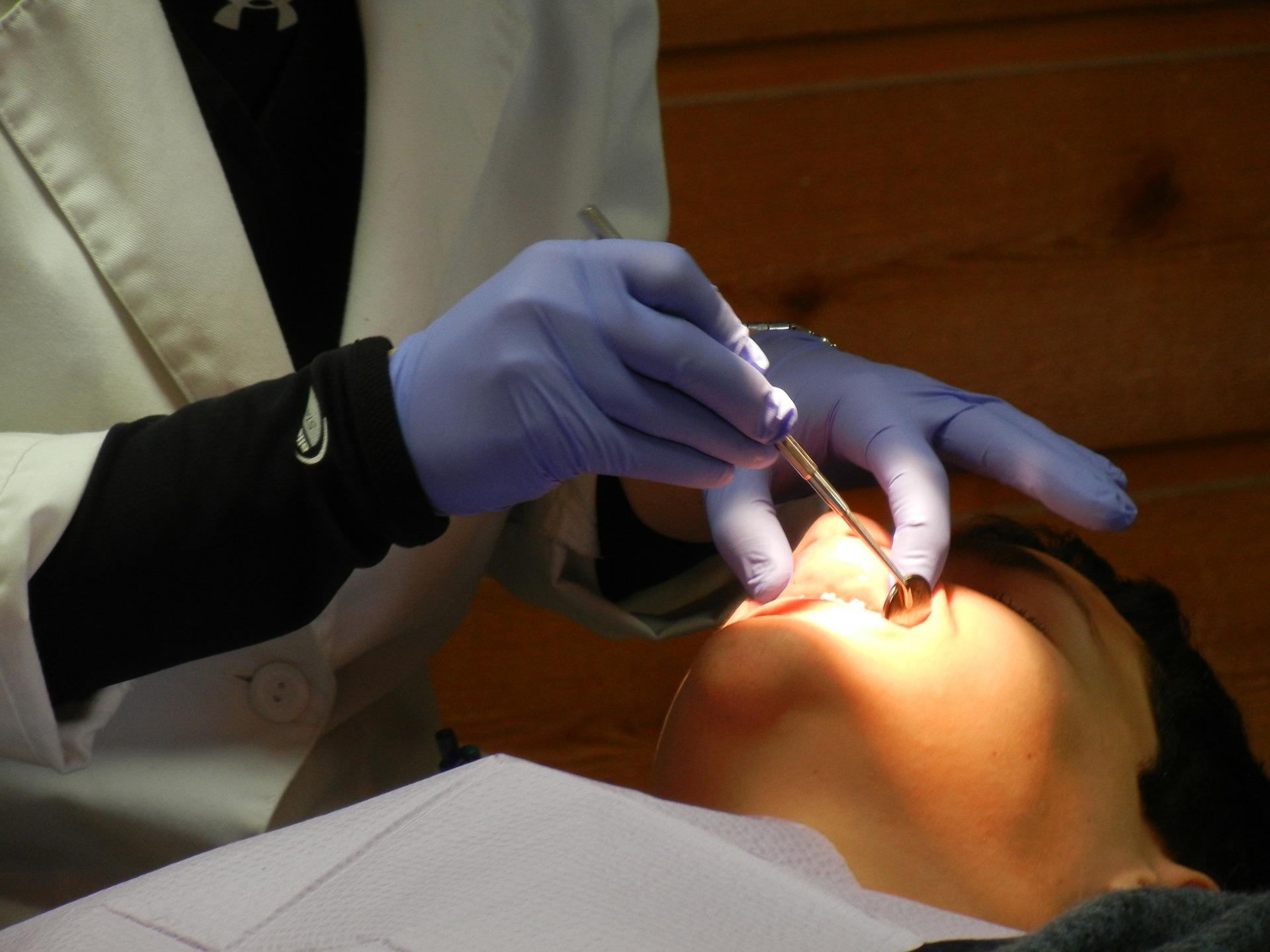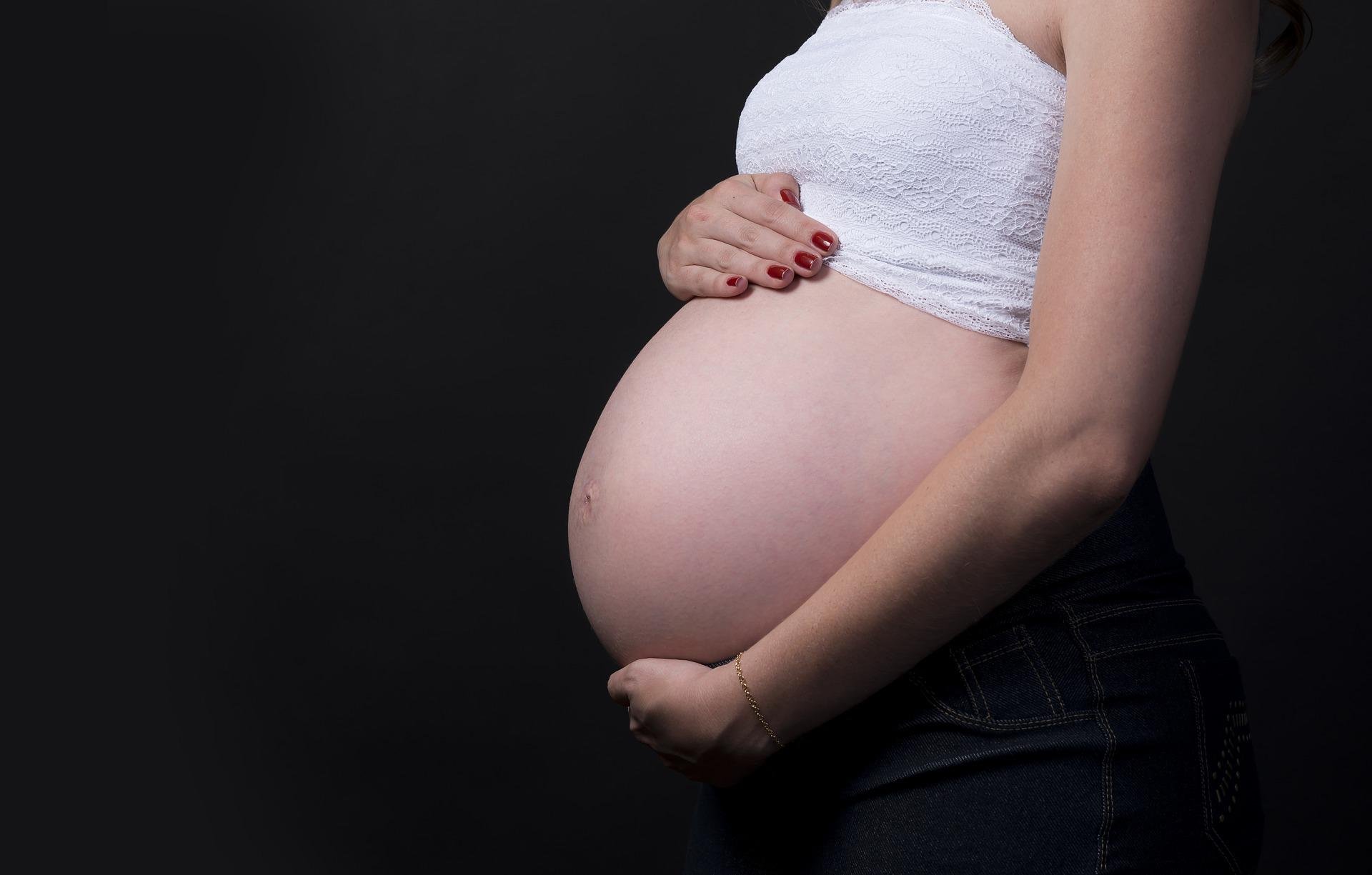Início Manifestações orais da COVID-19 e o papel do cirurgião-dentista no diagnóstico precoce...
saúde bucal

Manifestações orais da COVID-19 e o papel do cirurgião-dentista no diagnóstico precoce e controle da sua transmissibilidade: revisão de literatura
Resumo:
Introduction: In 2019, the world was experiencing an alarming public health crisis, caused by a virus called by the international committee on taxonomy of viruses, as SARS-CoV-2 and later declared by the World Health Organization (WHO) as COVID -19. A new disease characterized by causing infections with flu-like symptoms and high mortality rates. In view of the COVID-19 pandemic situation, and its immediate repercussions, this literature review aims to analyze the main oral changes associated with COVID-19 infection, as well as to understand whether these presentations are due to the infection or represent secondary manifestations resulting from of the systemic condition. Review: The methodology involved a bibliographic survey in the Bireme, Pubmed and Lilacs databases, and the available literary works on the subject. Data collection comprised articles published in the last 10 years, from 2012 to 2022. Only scientific articles published and made available for free, without restrictions, were selected by country or language. Discussion: Among the oral anatomical structures affected by COVID-19, the dorsum of the tongue draws attention due to the high frequency and number of alterations, such as white and red plaques, whitish areas, hemorrhagic crust, necrosis, petechiae, erythema and spontaneous bleeding, fissured tongue. Final considerations: COVID-19 is a multisystem disease, capable of affecting the oral cavity, the most common manifestation being dysgeusia, followed by the presence of ulcers, herpetiform lesions, usually associated with immunocompromise caused by the disease, erosive lesions, blisters, vesicles, pustules and depapilated tongue, associated with the use of NSAIDs, in the relief of some symptoms associated with the disease.
Keywords: dentist, COVID-19, diagnosis, oral manifestations, non-pharmacological measure, oral health.
Expandir Resumo
Acessar Texto Completo

Atendimento odontológico em gestantes
Resumo:
Introduction: A woman in the gestational period goes through several physical, psychological and hormonal changes. These changes associated with carelessness with oral health can generate several changes in the mother's oral cavity and impact the baby's health in the future. Review: Pregnant women are more susceptible to oral health problems (dental caries, periodontal disease, tooth erosion and granuloma), due to changes in diet, reduced salivary secretion, inadequate oral hygiene practices, frequent nausea and high hormone levels. Discussion: Pregnant women hardly seek dental care during the gestational period, due to fear, misinformation and anxiety about the procedures, in addition, the insecurity and failures regarding the guidance by dentists and doctors about care during pregnancy can collaborate even more to the aggravation of the problem. Final considerations: The most favorable period for attending pregnant women is in the second trimester of pregnancy. However, in urgent cases and infectious foci in the oral cavity, no procedure is totally contraindicated, following the proper protocols.
Keywords: oral health, pregnant women, service protocols.
Expandir Resumo
Acessar Texto Completo

